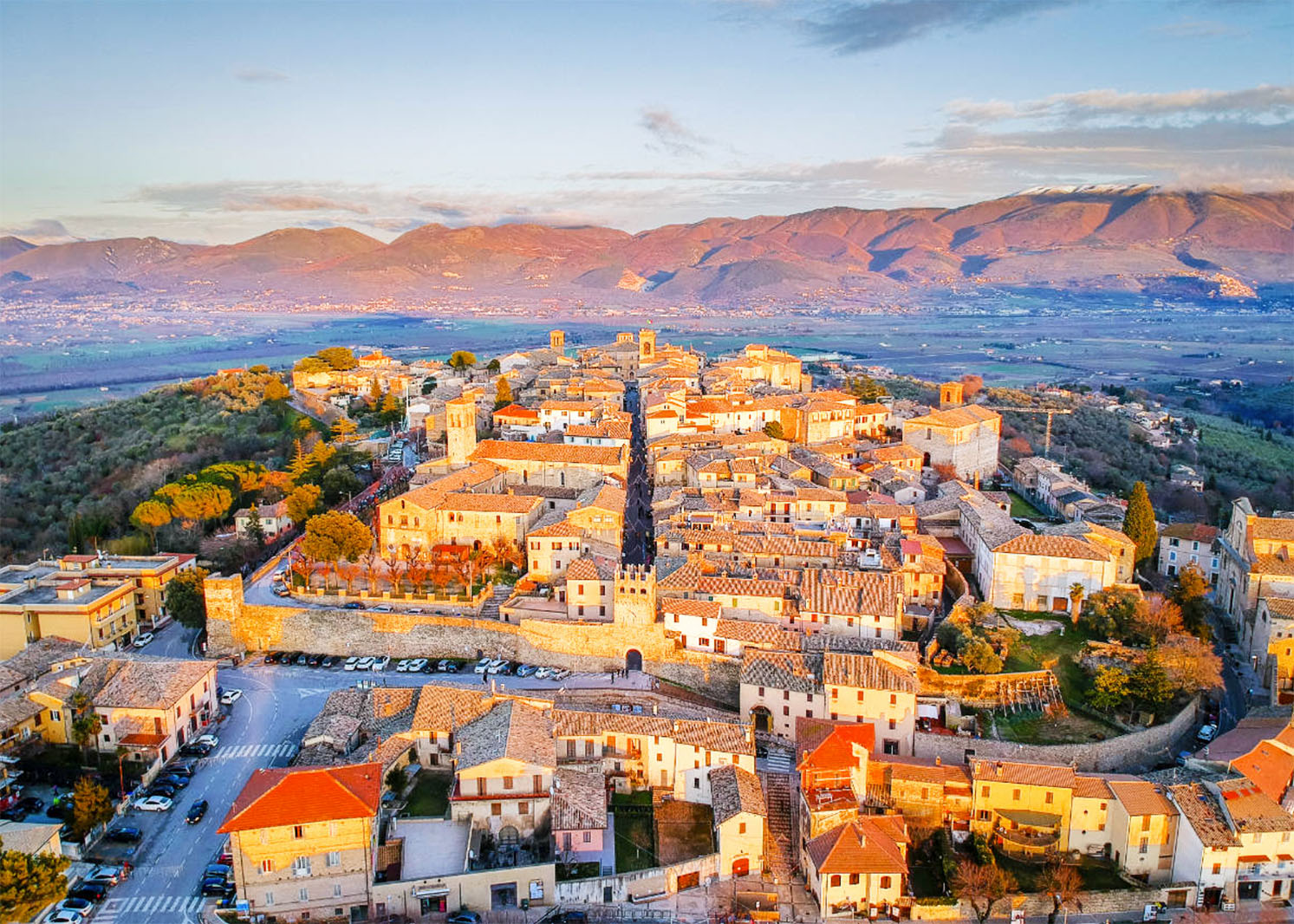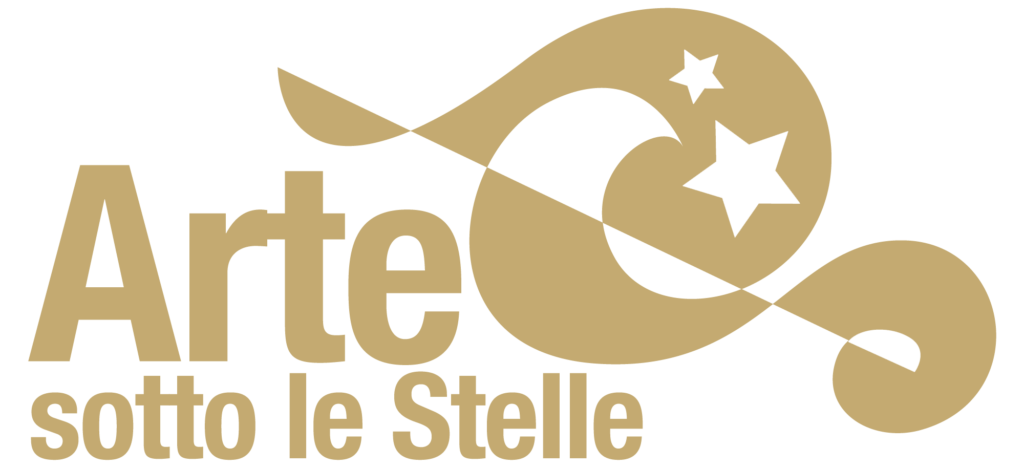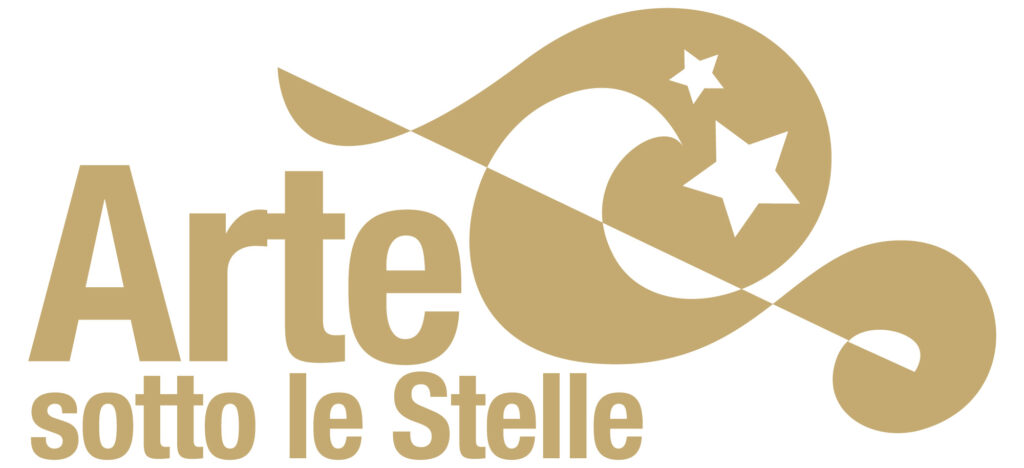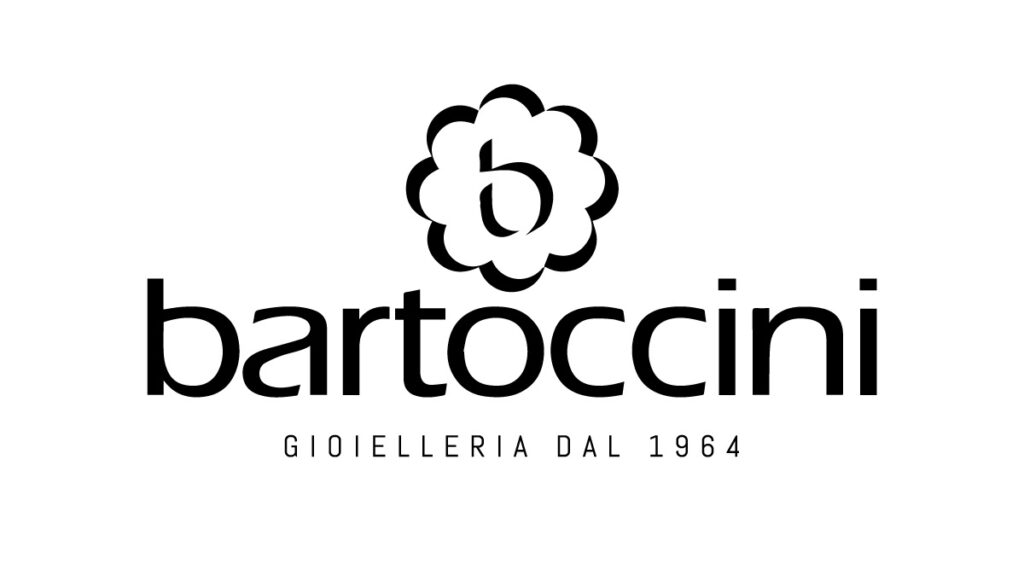Comune di Montefalco
Il nome Montefalco deriva plausibilmente dalla sua particolare collocazione sulle colline ricoperte di uliveti e vigneti, nella parte alta della Valle Spoletina e sta ad indicare “Monte del Falco”; la tradizione tramanda, inoltre, che l’imperatore di Svevia Federico II fosse solito praticare qui la caccia al falco nel 1249.
Per la sua posizione panoramica, il borgo è comunemente designato con l’appellativo di “ringhiera dell’Umbria”.
Per la sua posizione panoramica, il borgo è comunemente designato con l’appellativo di “ringhiera dell’Umbria”.
Questo borgo ha saputo conservare molto bene le sue mura risalenti all’anno 1200, dove si trovano la porta San Agostino e un’imponente torre. Il municipio di Montefalco fu edificato nel XIII secolo e presenta una bifora che si affaccia sull’edificio originario, oltre a un portico risalente al XV secolo, degne di nota sono anche le porte identificate con Sant’Agostino, Porta Camiano e Porta Federico II.
Le attestazioni di una fiorente epoca passata sono evidenziate dalle diverse chiese in stile romanico, gotico e rinascimentale; di questi luoghi di culto, il più importante a livello storico è la chiesa di San Francesco che attualmente ospita il museo comunale e possiede una pregevole collezione d’arte. All’interno dell’edificio, si trova un ciclo di affreschi raffiguranti la vita di San Francesco d’Assisi eseguito da Benozzo Gozzoli e altre rappresentazioni realizzate dal Perugino, Melanzio, Pier Antonio Mezzastris, Antoniazzo Romano e Tiberio d’Assisi. Oltre alle bellezze architettoniche e storico-artistiche, Montefalco gode di notevole rilievo per l’aspetto eno-gastronomico: in zona viene infatti prodotto il celebre Sagrantino, intenso e corposo, emblema della vincente produzione vinicola umbra conosciuta in tutto il mondo.











